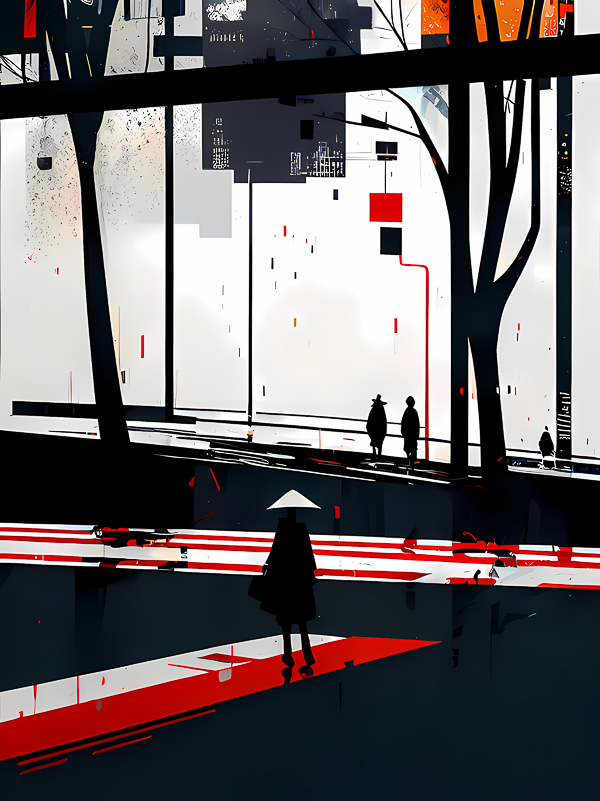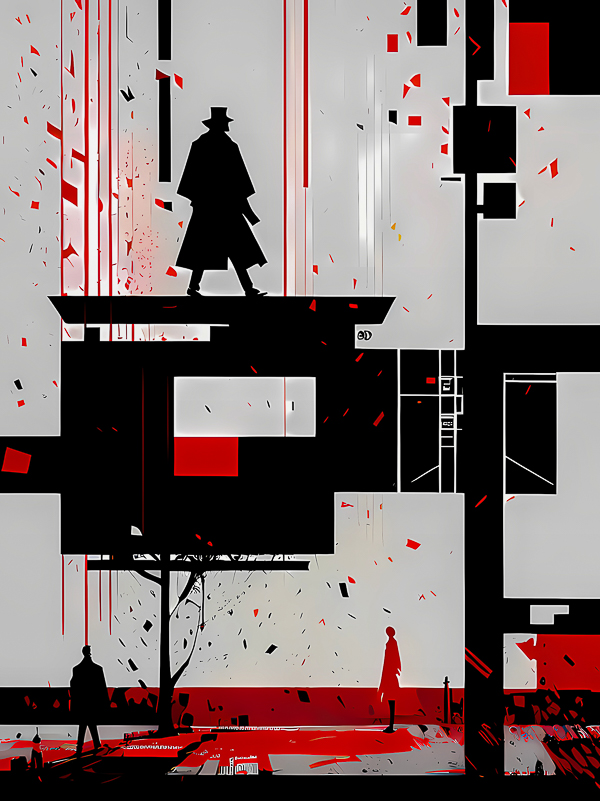Abstract Art: Constructivism
What is Constructivism?
Constructivism was an influential art and architectural movement that emerged in Russia in the early 20th century, especially after the Russian Revolution of 1917. It sought to bridge art and everyday life through the integration of artistic principles with industrial design and technology. Key features of Constructivism include:
1. Geometry and Abstraction: Constructivist art often employed geometric shapes and abstract forms. Artists aimed to create works that reflected the modern, industrialized world.
2. Functional Design: Constructivism extended beyond traditional art forms, emphasizing functional and utilitarian design. It sought to contribute to the construction of a new, socially equitable society through practical applications of art in architecture, graphics, and product design.
3. Use of Industrial Materials: Constructivists favored industrial materials like glass, steel, and concrete. This reflected their interest in modern technology and a departure from more traditional artistic mediums.
4. Social and Political Engagement: Constructivism had strong ties to political and social ideologies. Artists believed in the potential for art and design to contribute to the construction of a new, utopian society in the aftermath of the Russian Revolution.
5. Pioneering Figures: Key figures associated with Constructivism include Vladimir Tatlin, El Lissitzky, and Aleksander Rodchenko. Tatlin’s “Monument to the Third International” and Rodchenko’s graphic design work are notable examples of Constructivist principles.
Constructivism had a significant impact on various fields, influencing not only art and design but also architecture and educational practices. Its legacy can be seen in the modernist movements that followed and in the integration of art into functional aspects of daily life.
What are the colors used in Constructivism?
Constructivist art often employed a bold and dynamic color palette, reflecting the movement’s modern and avant-garde principles. While the specific colors used could vary among individual artists, some common characteristics of Constructivist color schemes include:
1. Primary Colors: Bold primary colors such as red, blue, and yellow were frequently used. These colors, known for their vibrancy and simplicity, aligned with the movement’s emphasis on clarity and functionality.
2. Black and White: Strong contrasts, including the use of black and white, were common in Constructivist compositions. This contributed to the movement’s geometric and abstract aesthetic.
3. Contrasting Tones: Constructivist artists often employed high-contrast color schemes to create visual impact and emphasize the relationships between different elements in their compositions.
4. Limited Color Palette: Some Constructivist works featured a limited palette, focusing on a small selection of colors to convey a sense of order and simplicity. This approach aligned with the movement’s emphasis on functionality and practicality.
5. Use of Industrial Colors: Given Constructivism’s connection to industry and technology, artists sometimes incorporated colors associated with machinery and manufacturing, such as grays, silvers, and metallic tones.
It’s important to note that individual artists within the Constructivist movement may have had their own preferences and variations in color choices. The movement, overall, sought to break away from traditional color conventions and explore new ways of using color to convey modernity, dynamism, and the spirit of the time.



